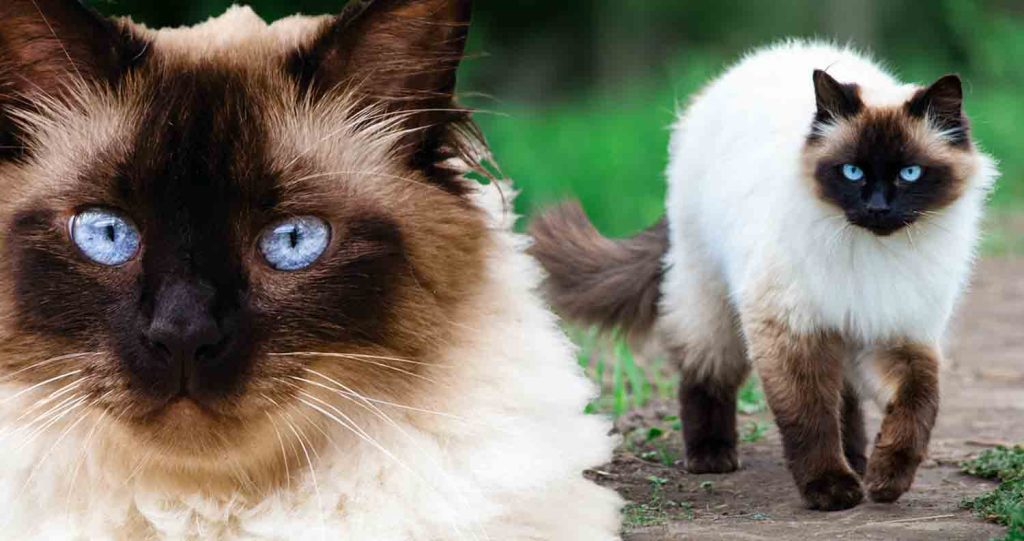In the realm of healing and recovery, cats possess a remarkable ability that has captured the attention of scientists and pet lovers alike – their seemingly supercharged healing speed compared to humans. This phenomenon has sparked curiosity and led to various studies exploring the mechanisms behind feline recovery and its potential applications for human medicine. One of the most intriguing aspects of cats’ healing process is their rapid regeneration of tissue. Unlike humans, whose wounds often take days or even weeks to heal fully, cats can exhibit significantly faster healing times. This is particularly evident in minor injuries like cuts and scratches, where a cat’s skin can repair itself in a matter of days. Scientists attribute this accelerated healing to several factors, including the structure of cat skin and the presence of certain proteins that promote tissue regeneration. One key factor contributing to cats’ speedy recovery is their skin’s composition. Cat skin is thinner and more elastic than human skin, allowing for quicker closure of wounds. Additionally, the presence of a protein called fibronectin plays a crucial role in the healing process.

Fibronectin helps cells adhere to the wound site, facilitating faster tissue repair and reducing the risk of infection. Another fascinating aspect of feline healing is their innate ability to lick their wounds. While this behavior might seem instinctual or hygienic, it also serves a therapeutic purpose. A cat’s saliva contains enzymes with antibacterial properties, which can help clean wounds and prevent infections. Furthermore, the act of licking stimulates blood flow to the injured area, promoting faster healing. Beyond superficial wounds, cats have also shown remarkable resilience in recovering from more serious injuries. This accelerated bone healing is attributed to a combination of factors, including cats’ high bone density and their ability to limit movement around the injured area, reducing stress on the healing bone. The question then arises – can we harness these insights from feline healing to benefit human medicine? Researchers are actively exploring the potential applications of cat-derived therapies in human healthcare. For instance, studies have investigated the use of cat saliva enzymes in developing new wound-healing treatments.
By mimicking the natural healing mechanisms found in cats, scientists aim to create innovative therapies that could revolutionize wound care and tissue regeneration in humans. Furthermore, the study of cat genetics and immune responses holds promise for advancing our understanding of autoimmune diseases and immune system function. Top Cat Breeds like humans can suffer from conditions such as arthritis and diabetes, making them valuable models for studying these diseases and developing targeted therapies. While cats may indeed have an edge in healing speed compared to humans, it is essential to note that each species has its unique biological traits and limitations. What works effectively in cats may not always translate directly to human medicine. However, the insights gained from studying feline healing can inspire new approaches and therapies that benefit both humans and our feline companions. Cats’ remarkable healing speed highlights the complexity and diversity of biological systems. By delving into the mechanisms behind feline recovery, we gain valuable insights that could lead to breakthroughs in human healthcare.